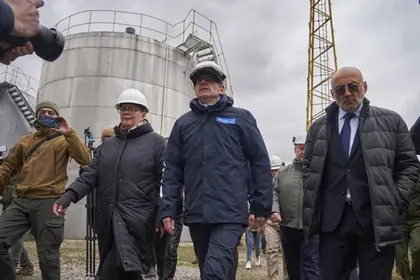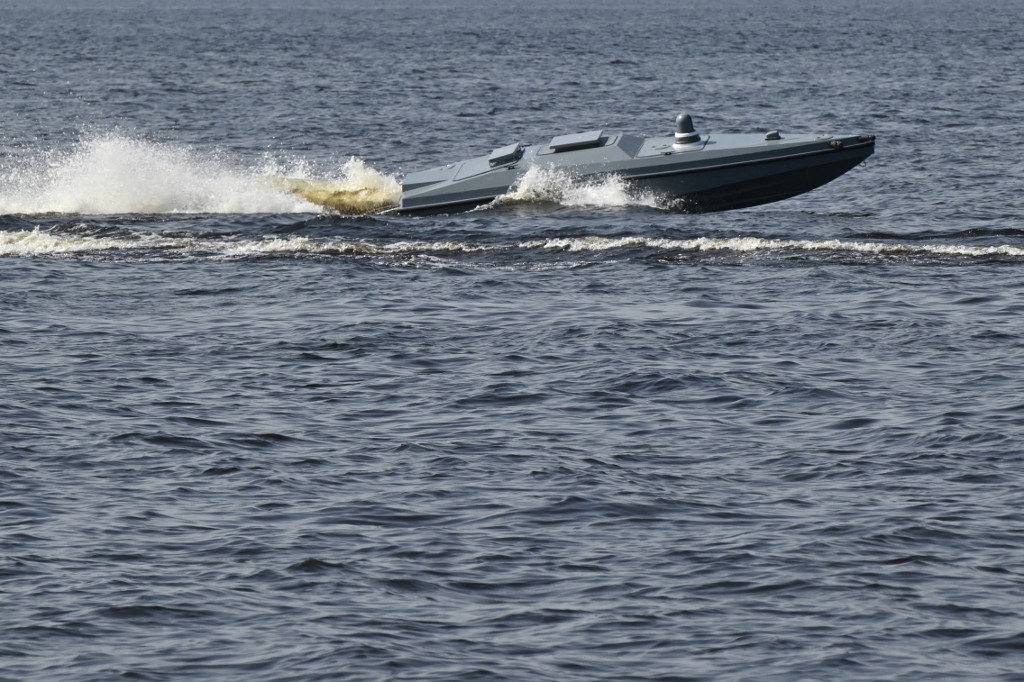The UN nuclear watchdog said its chief Rafael Grossi will on Tuesday, May 30, brief the UN Security Council on his proposal to safeguard Ukraine's Zaporizhzhia nuclear plant.
"Grossi is planning to brief the UN Security Council on the nuclear safety and security situation" at the Zaporizhzhia plant during a meeting chaired by Switzerland, according to a statement sent by the agency to AFP.
JOIN US ON TELEGRAM
Follow our coverage of the war on the @Kyivpost_official.
The safety of Europe's largest nuclear power plant located in Ukraine's southeastern region of Zaporizhzhia has been a concern since Russian forces seized it over a year ago.
It has been subject to frequent shelling that caused several power outages vital to cooling the plant's reactors.
Ahead of Ukraine's expected counteroffensive, fears have increased that a nuclear disaster could occur amid increased military activity.
Kyiv and Moscow have repeatedly accused each other of attacking the plant.
Grossi, who visited the plant in March, has upped his efforts to reach an agreement with Ukraine and Russia to ensure the plant's safety.
After failing to reach a deal to set up a protection zone around the plant, his visit to New York to address the UN security council could indicate that he may have made progress.
A senior European diplomat reacted cautiously when asked about the prospects of securing a last-minute agreement that both parties could sign on to ahead of Kyiv's possible counteroffensive.

‘One of Moscow’s Biggest Defeats’ – Ukraine at War Update for Jan 2
It looked "unlikely at the moment" that Russia and Ukraine will agree to the principles outlined in the proposal, the diplomat told AFP.
In a press release last week, Grossi said that: "It is very simple: don't shoot at the plant and don't use the plant as a military base".
"It should be in the interest of everyone to agree on a set of principles to protect the plant during the conflict," he added.
Zaporizhzhia used to supply around 20 percent of Ukraine's electricity and continued to function in the early months of Russia's offensive despite frequent shelling, before halting power production in September.
None of its six Soviet-era reactors has since generated electricity, but the facility remains connected to the Ukrainian power grid for its own needs, notably to cool the reactors.
You can also highlight the text and press Ctrl + Enter






